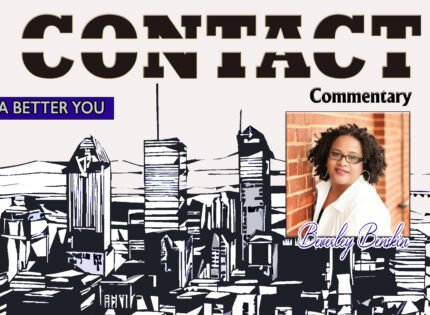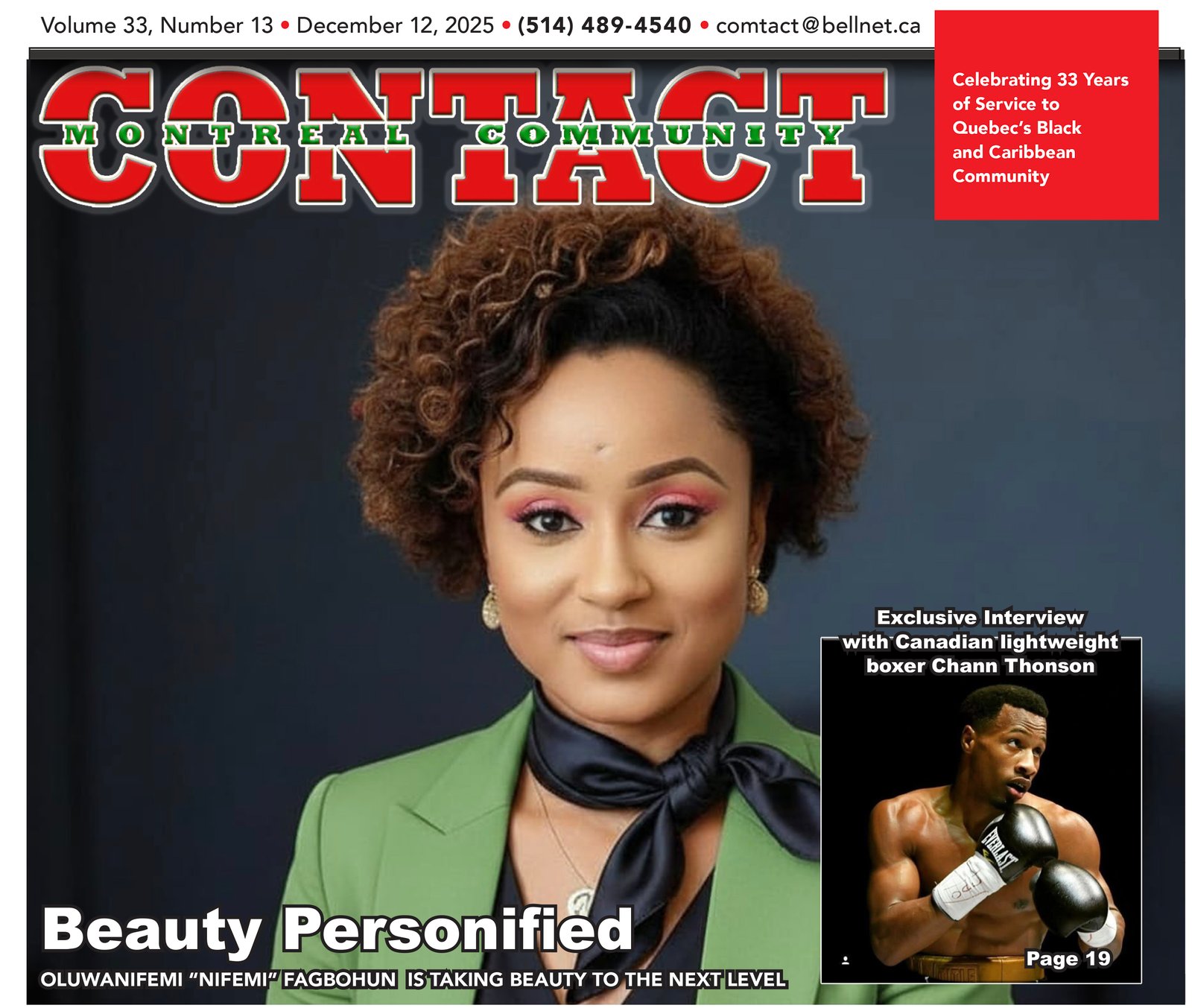 Unkempt and dirty. Bob Marley and weed. These are often the first thoughts that come to mind when people think of locs. But why? Why can’t we simply see locs as a celebrated part of the natural hair movement? Each twist and backcomb creates something uniquely beautiful, with curls locking into place to tell their own story—a story of culture, individuality, and pride.
Unkempt and dirty. Bob Marley and weed. These are often the first thoughts that come to mind when people think of locs. But why? Why can’t we simply see locs as a celebrated part of the natural hair movement? Each twist and backcomb creates something uniquely beautiful, with curls locking into place to tell their own story—a story of culture, individuality, and pride.
Stacey-Ann Clayton, a Montreal beauty influencer and event planner, has a deeply inspiring journey with locs. Through her personal experience, she’s breaking down the stereotypes tied to locs and showing the world how these stigmatized words don’t define the style. Locs, as Stacey beautifully demonstrates, are more than just a hairstyle—they are a symbol of self-love, resilience, and the power of embracing your natural hair unapologetically.
Loc is hairstyle has deep roots, dating back to ancient civilizations, including the Greeks, and has been embraced by various religions and cultures.
However, the history of locs as we know them today is deeply intertwined with the transatlantic slave trade. Between the 1600s and 1800s, enslaved Africans, displaced around the globe, were unable to maintain their hair, leading it to become matted and locked. Slave owners referred to their hair as “a dreadful sight,” a term that contributed to the stigma surrounding locs and eventually inspired the term “dreadlocks.”
By the 1950s, the term was used to describe poor Jamaicans, further cementing the negative associations. However, in the 1930s, the Rastafarian movement reclaimed locs, transforming them into a powerful symbol of spirituality, devotion to nature, and resistance against societal beauty standards. Today, locs are celebrated as an enduring expression of freedom, culture, and individuality.
The Rastafarian movement and Jamaican culture are deeply woven into Stacey-Ann Clayton’s upbringing. Growing up with two Jamaican parents, Stacey was immersed in the beauty of her heritage, where locs were a natural part of her everyday life. “Locs is something I grew up seeing because a lot of the males in my family had locs, including my dad,” she said. This exposure planted a deep admiration for the style, making her curious to try it herself one day.
But like many mothers, Stacey’s mom encouraged her to wait, urging her to explore other natural hairstyles before making a lasting commitment. When Stacey eventually decided to start her loc journey, she encountered challenges she hadn’t anticipated. “At first, I was not confident at all because I started my locs from scratch with super short hair,” she admitted. “I wore a wig over my locs for the first three months until a coworker told me, ‘To be honest, you look way better without the wig,’ and she was right.”
That offhand remark became a turning point, forcing Stacey to confront her doubts. “It gave me time to question whether I really wanted the locs or not. If I couldn’t embrace the ‘ugly phase,’ then how would I truly love my locs?” she reflected.
This internal battle is all too familiar to many of us navigating our natural hair journeys. From fighting societal beauty standards to questioning whether our hair is “pretty” enough, the struggles are strikingly similar. For Stacey, pushing through those insecurities deepened her connection to her locs and allowed her to appreciate every stage of the process.
But despite these shared experiences, locs are often left out of the broader conversation within the natural hair movement. “Locs don’t get as much love and recognition as they should,” Stacey explained. While she applauds the movement for empowering women to embrace their natural textures, she feels there’s still a gap. “It’s amazing to see women embrace their natural hair, but locs often feel like the forgotten piece of the puzzle.”
Although locs are a missing piece in the broader natural hair conversation, the stigma surrounding them persists. “People often associate locs with negative stereotypes,” Stacey shared. “When people ask about my hair, I tell them, ‘It’s like Bob Marley’s,’ and it becomes easier for them to understand. It’s a small step, but it helps.”
Her response may seem simple, but it underscores a much larger issue: the constant need to justify and explain natural hairstyles like locs. This stigma isn’t just about misunderstanding; it often leads to deeper questions that echo across the natural hair community. Questions like: Is this professional enough? What am I supposed to do with my hair for special events? Will people accept me with locs?
These concerns are painfully familiar for anyone who’s walked the path of embracing their natural hair, whether it’s curls, coils, or locs. The fear of being judged or misunderstood—especially in professional or formal settings—lingers, forcing many to second-guess their choices. Yet, Stacey’s journey reminds us that every small step, every conversation, every moment of pride helps pave the way for acceptance and celebration.
Icons like Lisa Bonet, Bob Marley, and Whoopi Goldberg have long showcased the beauty of locs, wearing them unapologetically and proving their
power as a symbol of freedom, spirituality, and resistance to Eurocentric beauty standards. Yet locs still don’t always receive the recognition they deserve.
By broadening the scope of the natural hair movement to fully include locs, we can ensure that every journey—from loose curls to tightly coiled strands to locs—is seen, valued, and celebrated. Stacey’s powerful story reminds us that embracing our natural hair, in all its forms, is a deeply personal and transformative act of self-love and empowerment.
“Locs make you happy? Rock them with pride.”
What are your thoughts on locs in the natural hair community? Share your thoughts with me on Instagram @_beatbeauty97 or via email mareshmamitchellbest@gmail.com. While you’re at it give Stacey a follow-on Instagram @Staceyann_Clayton.
Interested in getting a curly/coily hair consultation to see how YOU can embrace your natural hair? Send me a DM or email me at mareshmamitchellbest@gmail.com, and I’ll send you the link to my services! I look forward to helping you meet your natural hair goals.















